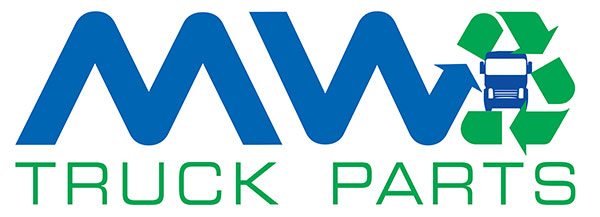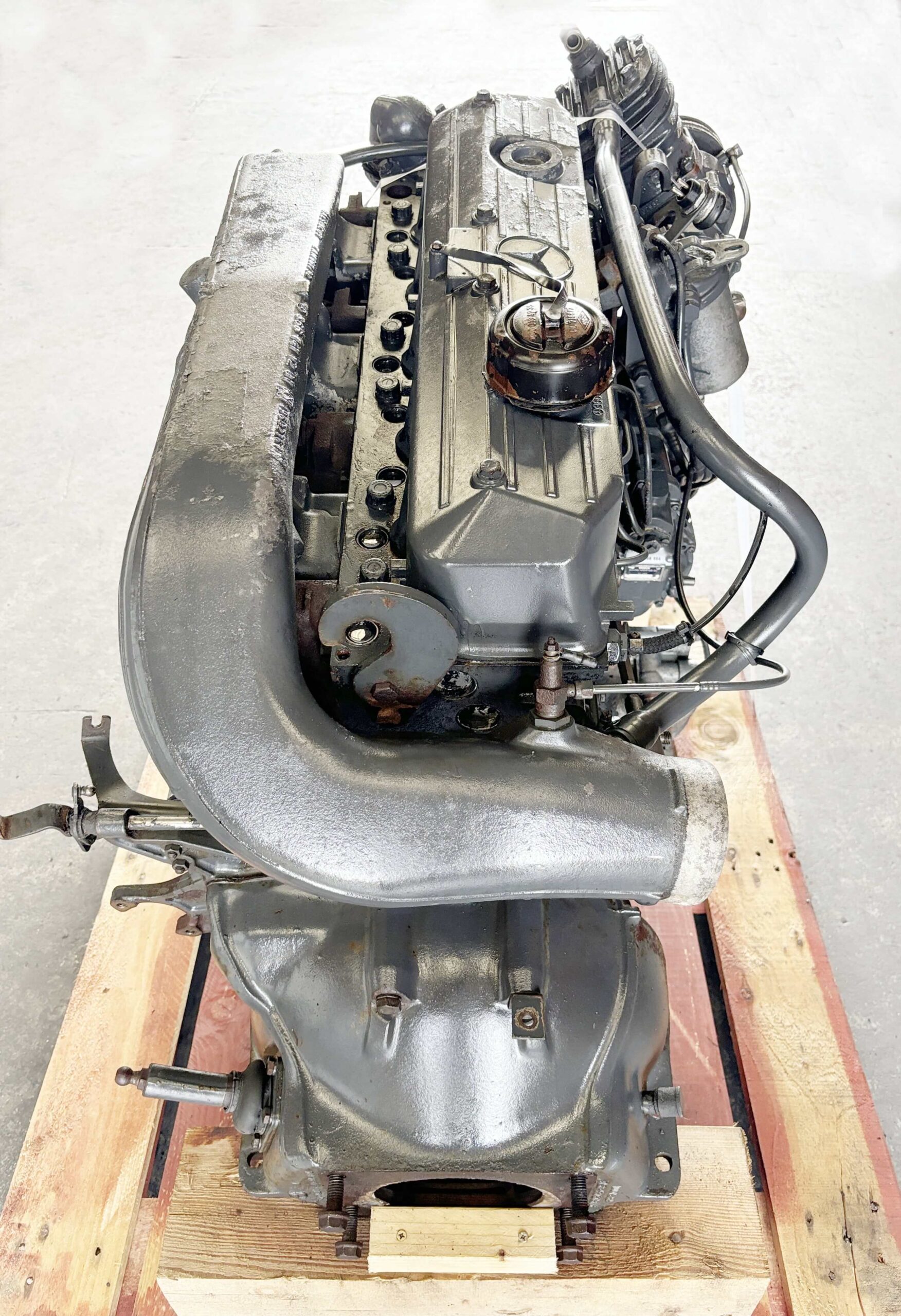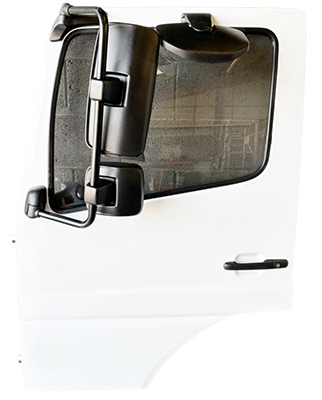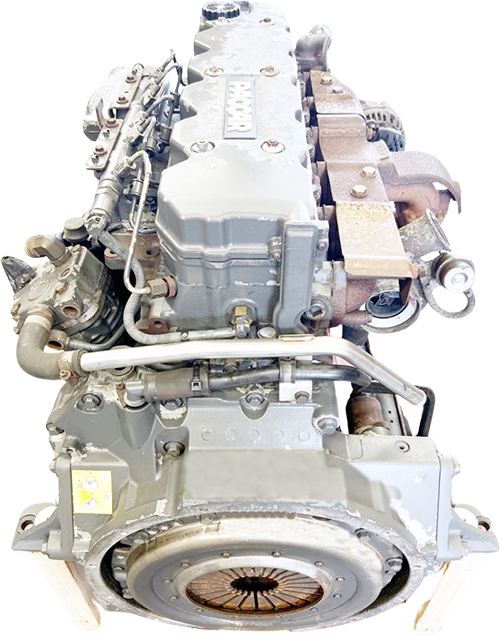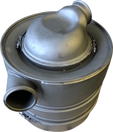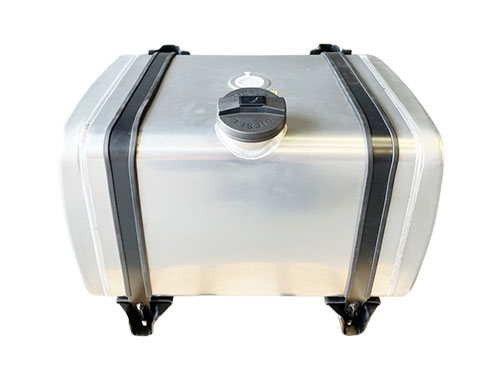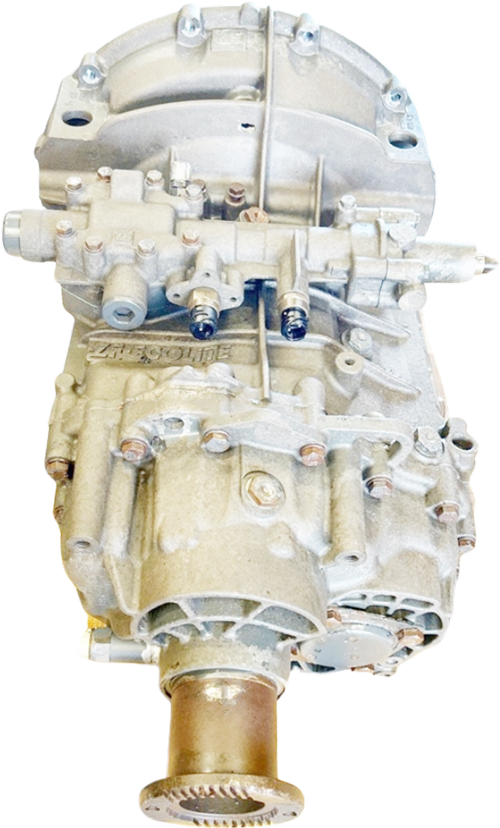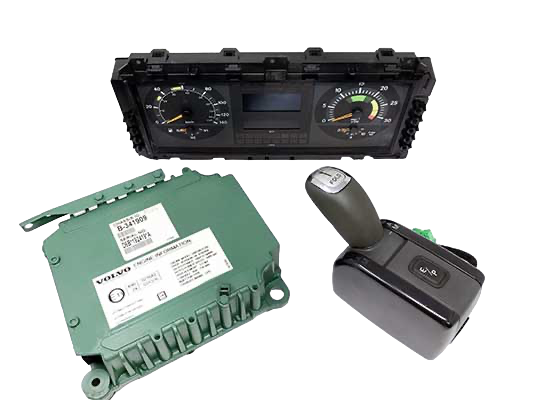Used truck engines have plenty of life in them, with some units running for over 1 million kilometres. Most engines we sell have between 300,000 and 500,000k on the clock, which is nothing for a commercial truck engine.
Built To Last
Modern truck engines are designed for the long haul. They have highly durable components, rugged moving parts, and technologies like turbocharging that ensure incredible longevity even under heavy use. The average engine can offer stress-free running across continents when maintained according to OEM specifications.
Proper Maintenance Is Key
Comprehensive preventative maintenance is the key to extracting extreme lifespans from used truck engines. This includes:
- Regular oil and filter changes using OEM-recommended synthetic oils.
- Replacing air and fuel filters.
- Adjusting valves and injectors.
- Coolant flushes.
- Following prescribed inspection and sensor calibration schedules.
Problems arise when maintenance is ignored, not performed on time, or vital components are pushed far beyond normal replacement intervals.
The Care Factor
How previous owners used the engine also plays a significant role. An engine that saw steady motorway use under reasonable loads in a large fleet will generally outlast a similar engine from a smaller operator running intensive regional delivery cycles. Gentler use equals slower component wear and longer usable lifespans.
Of course, you cannot know how well a used truck engine was driven when buying it for another vehicle, but you can inspect the engine for signs of premature wear—oil leaks are the biggest giveaway that something is amiss.
Inspecting a Used Truck Engine
- Check The Oil – Pull the dipstick and check for metal debris or particles in the oil, indicating wear on internal components. Thick, black oil shows infrequent changes.
- Remove The Oil Filter – Cut open the filter and check inside for accumulated metal shards, which also point to component wear.
- Check The Coolant – The Coolant should be clean and free of oil, with no white exhaust smoke indicating leaks. Discoloration, oil contamination, or leakage points to bigger problems.
- Monitor The Exhaust – Excessive black smoke while running signals inefficient combustion and likely worn injectors or poor compression.
- Listen For Knocks – Unusual internal knocking noises should be investigated. This can mean worn main bearings, pistons, or rods.
- Review Service Records – Comprehensive maintenance documentation will give critical insight into component life and refresh schedules.
- Buy a Complete Engine – These include all the components needed to get up and running, backed by your supplier’s guarantee.
Modern Parts = More Miles
The robust technologies in modern engines also enable incredible mileage. Where an engine from 2000 might begin to show concerning signs at 500,000 miles, a 2015 model-year engine with advanced fuel injection, turbocharging, and emissions controls can easily double that. Newer engines also benefit from improved components, tighter tolerances, and reduced friction, expanding their lifespan further.






